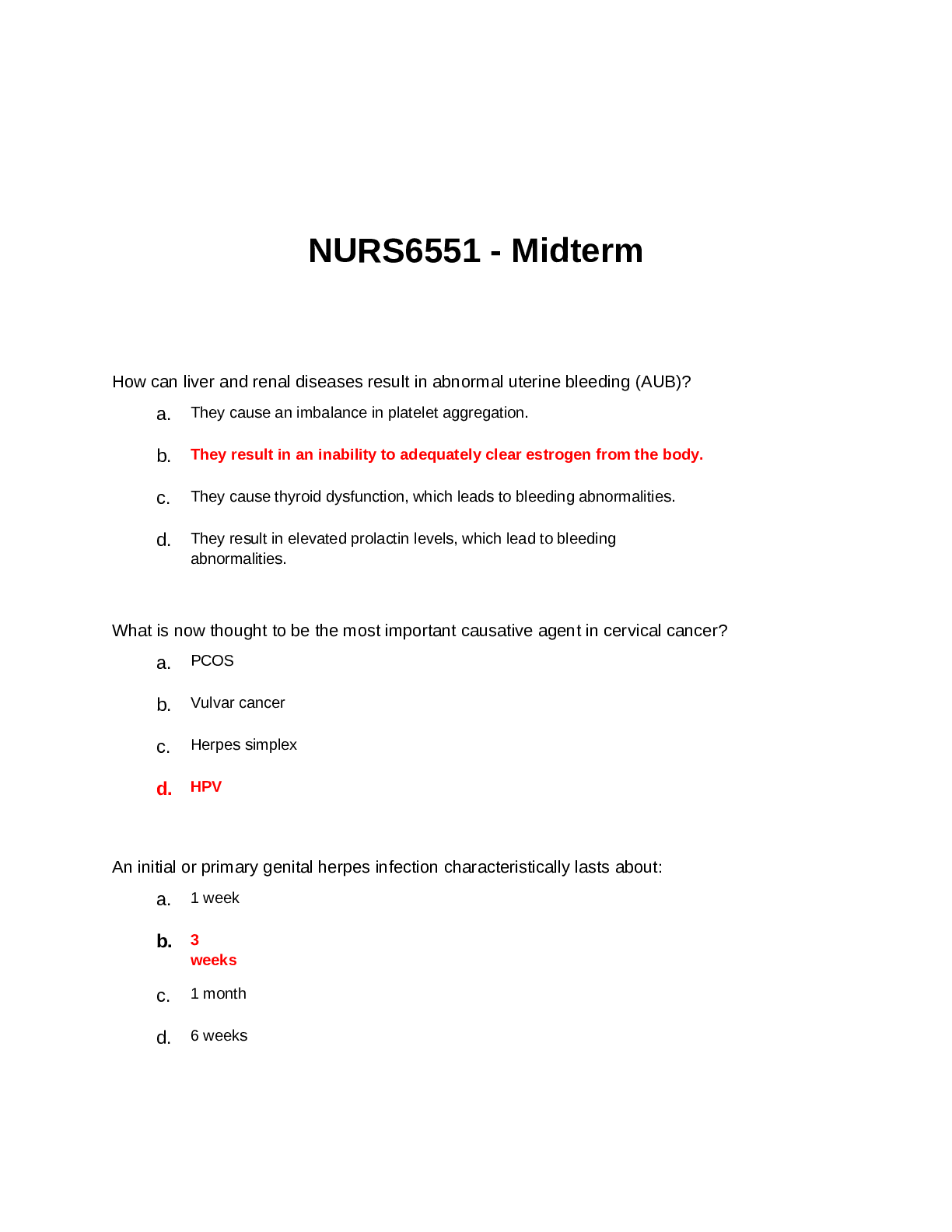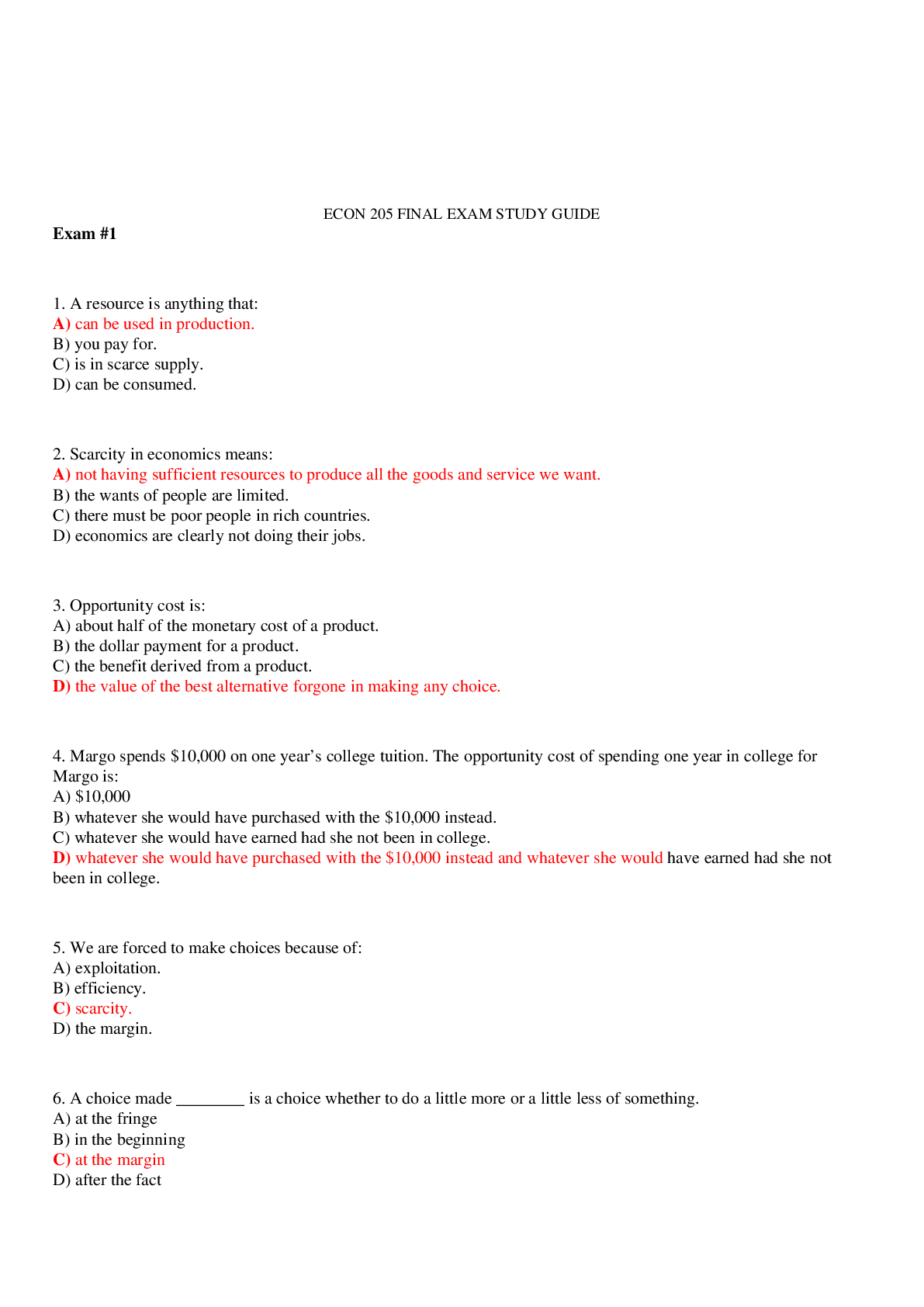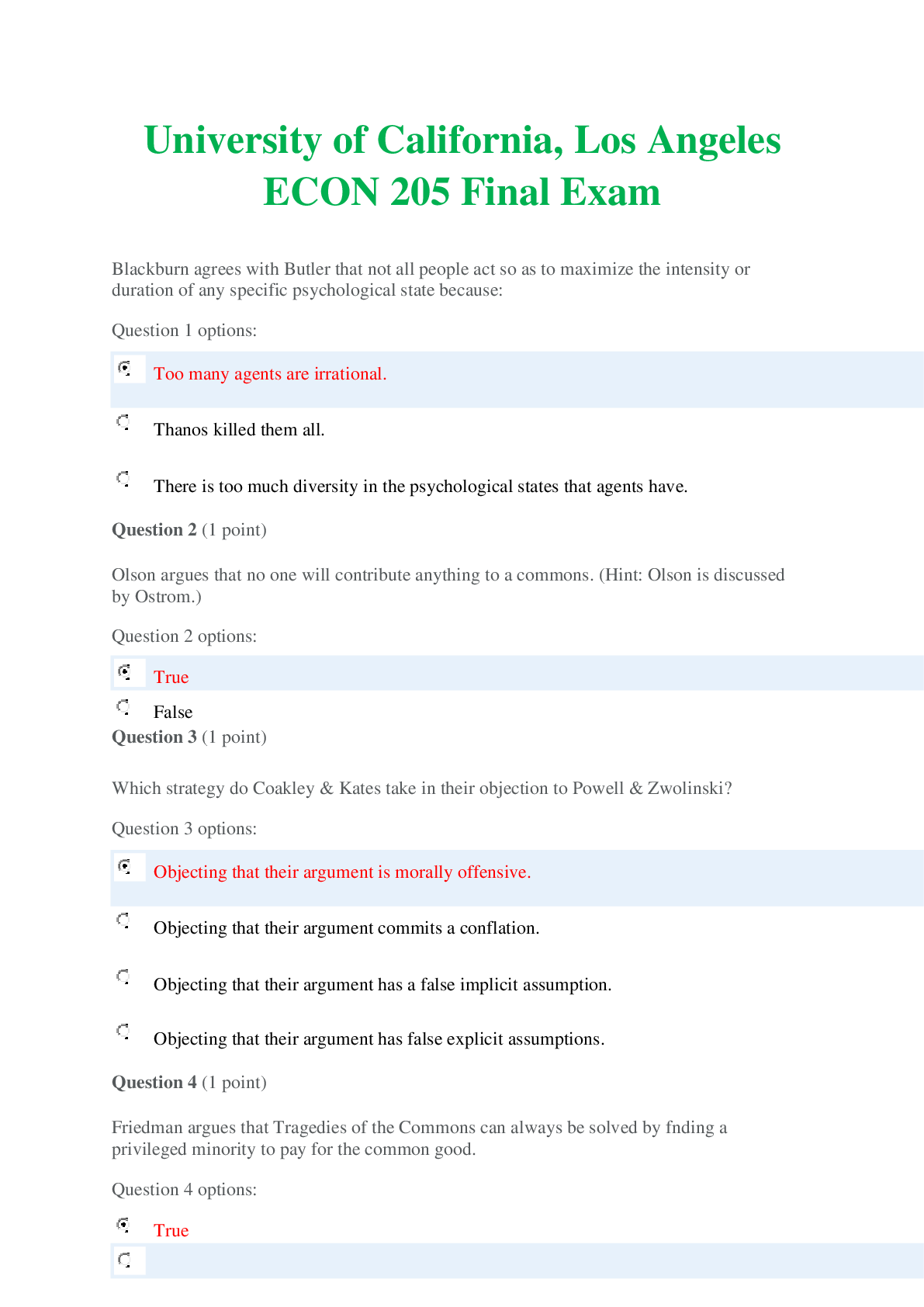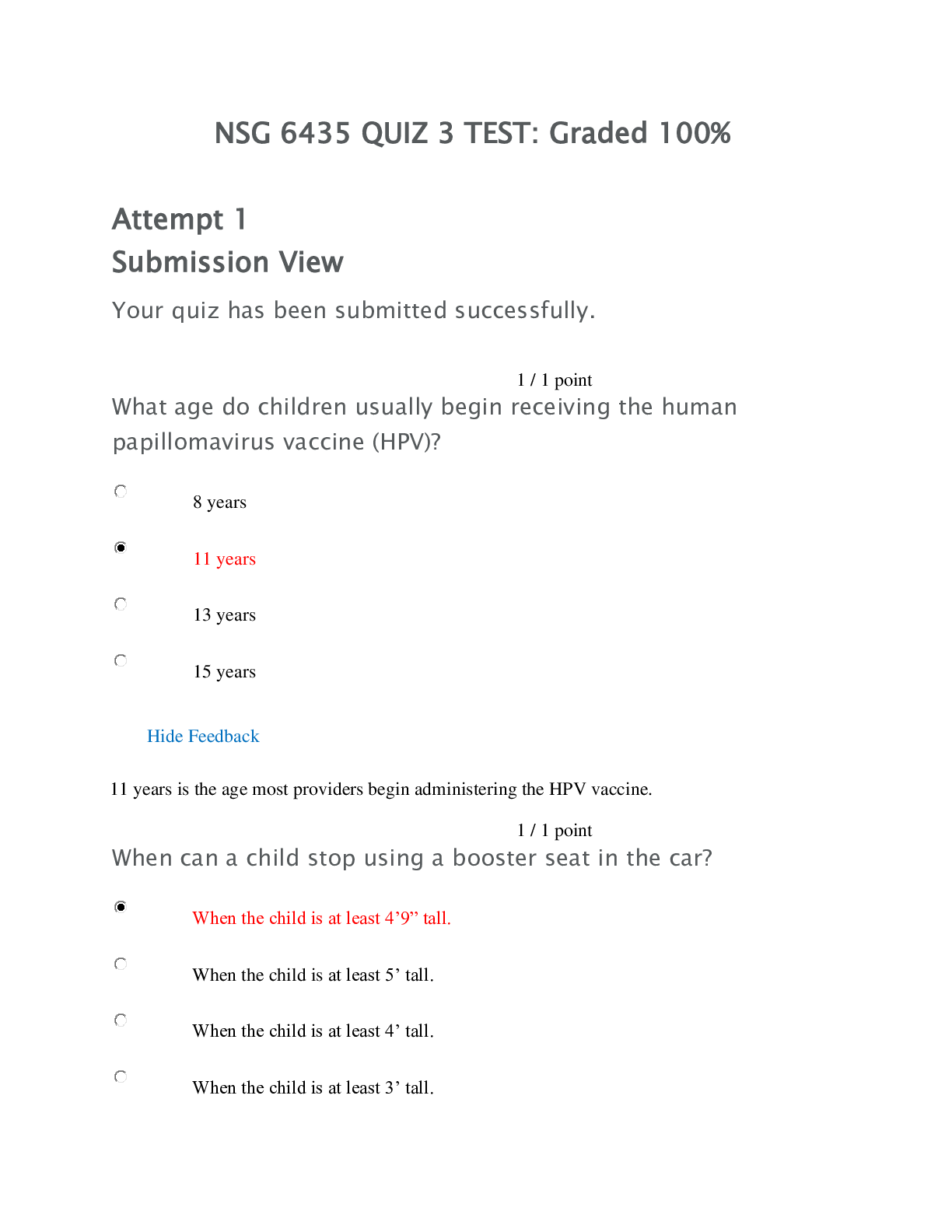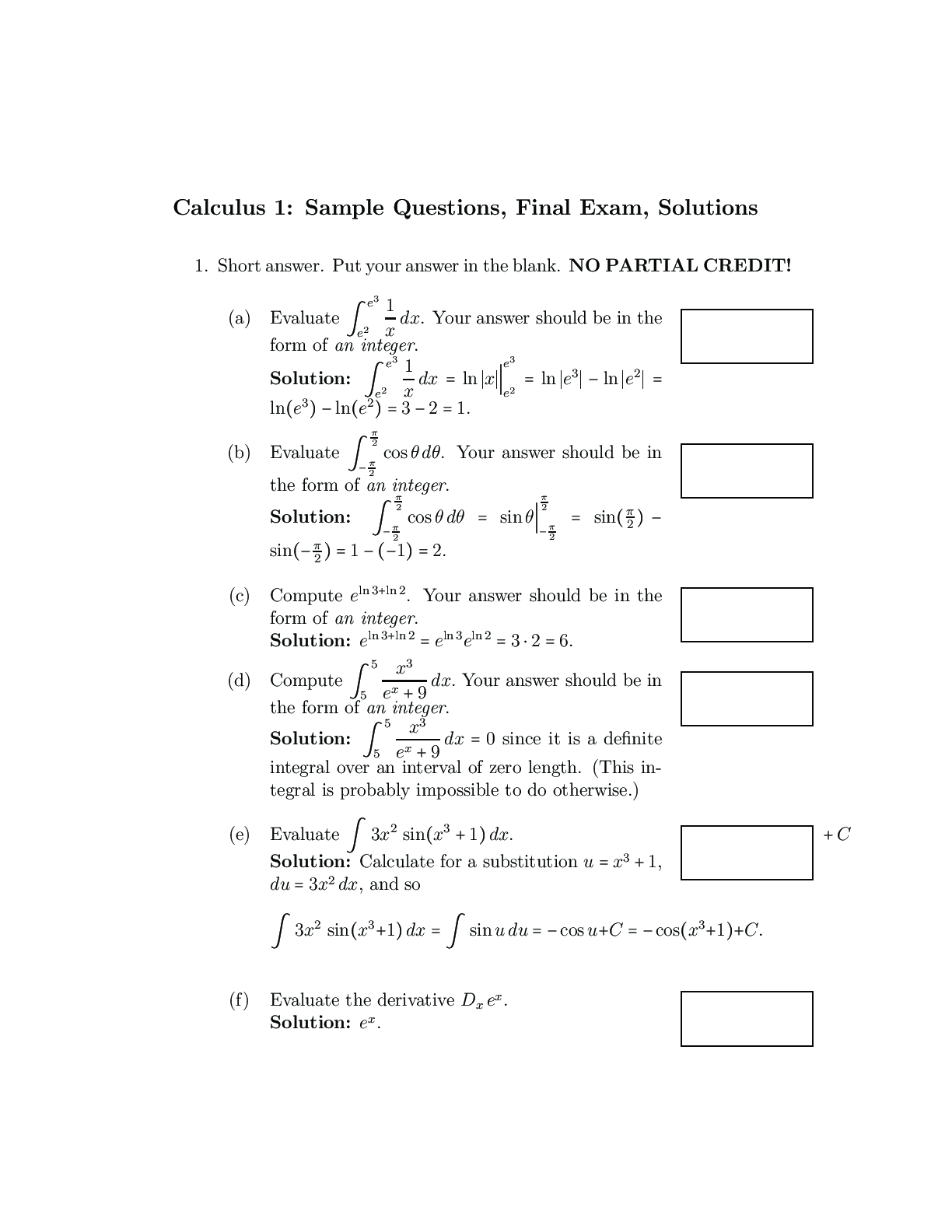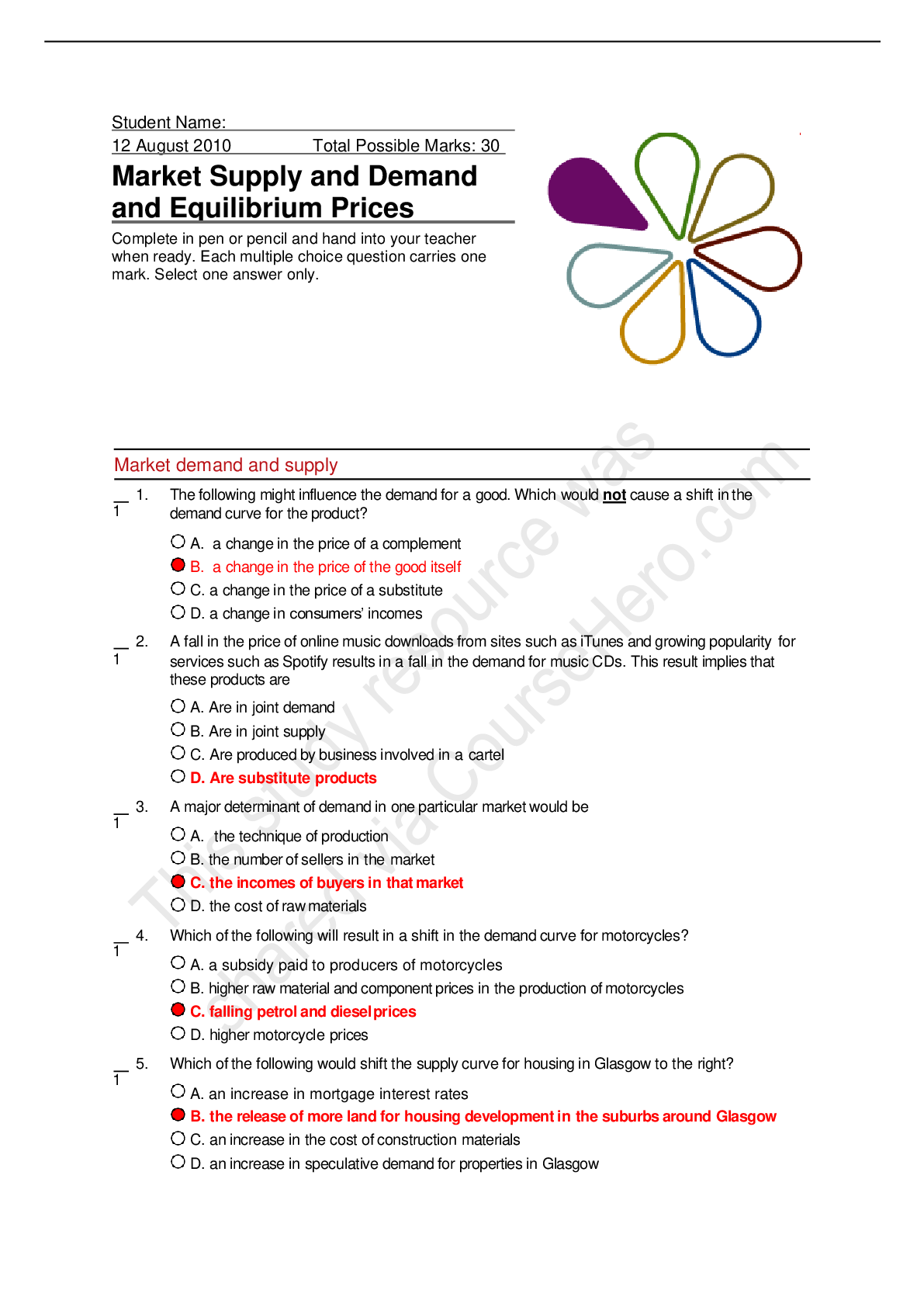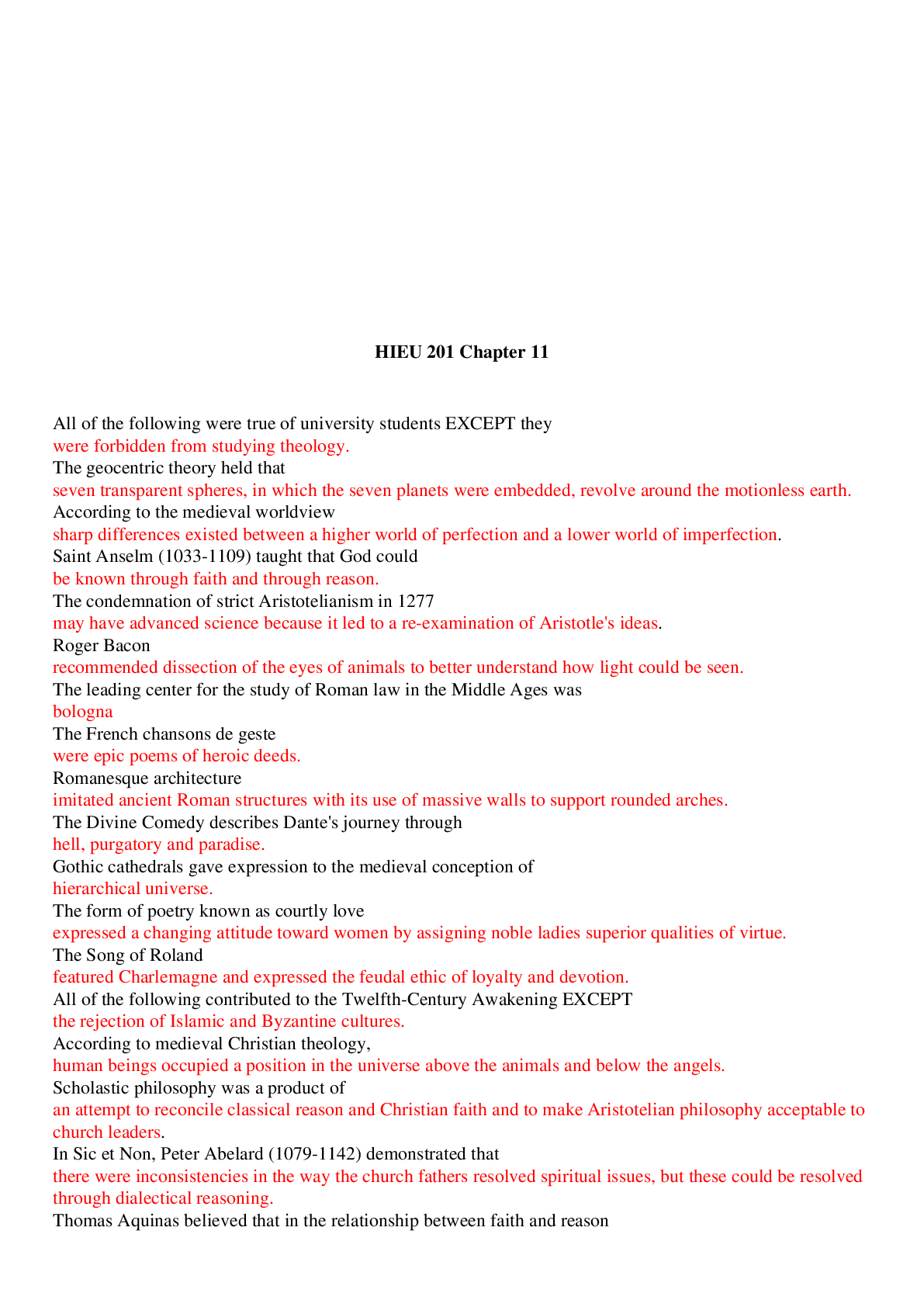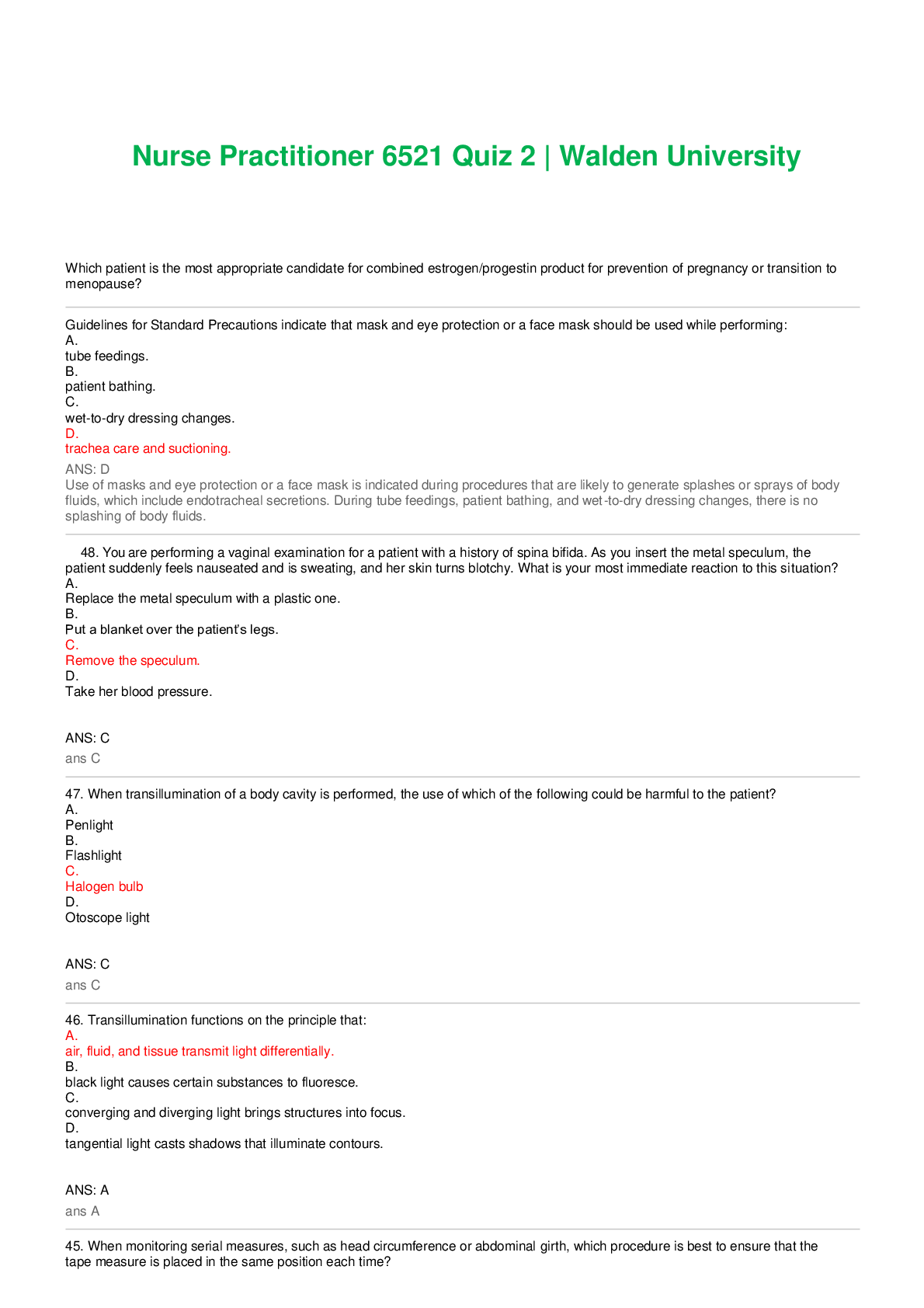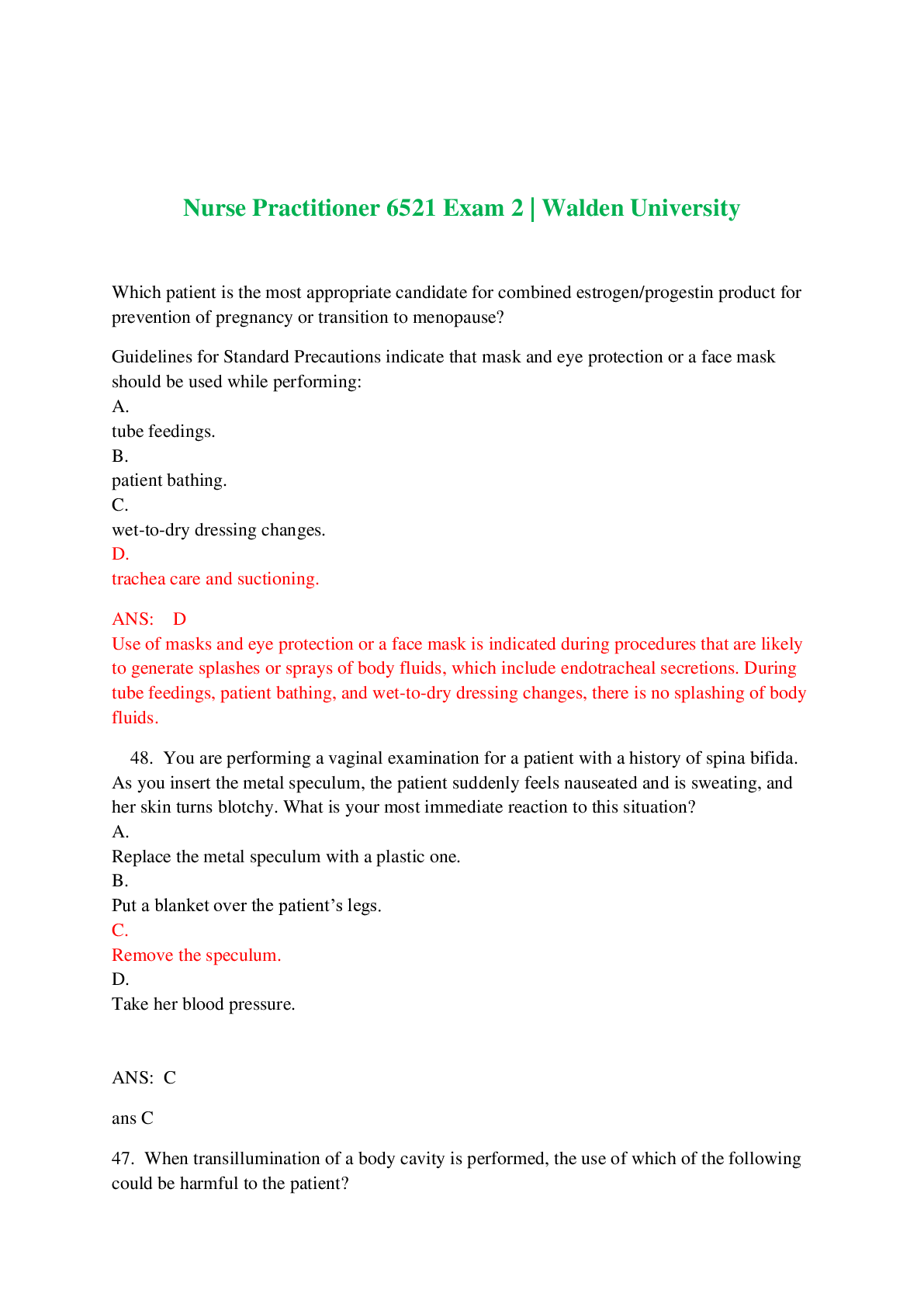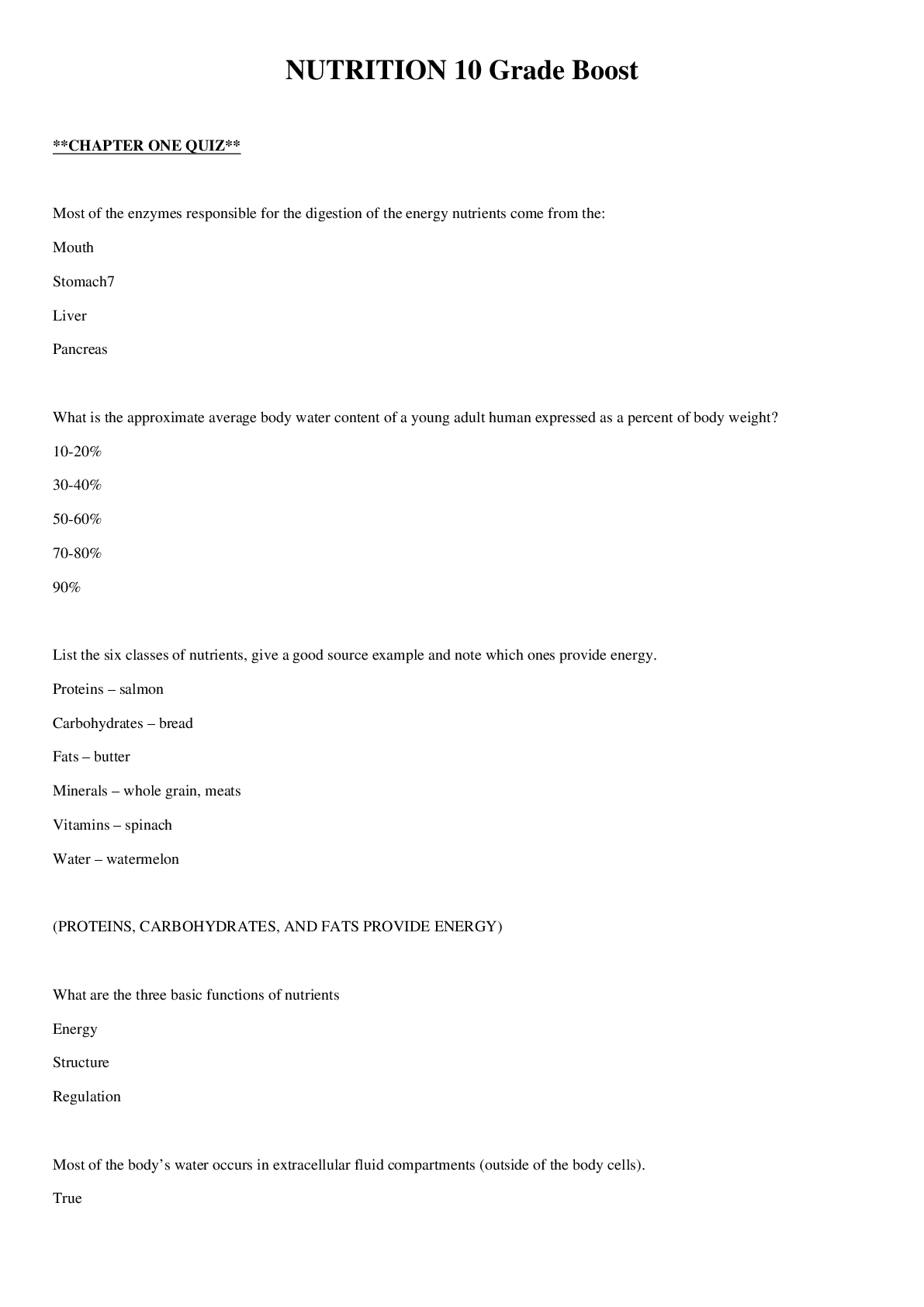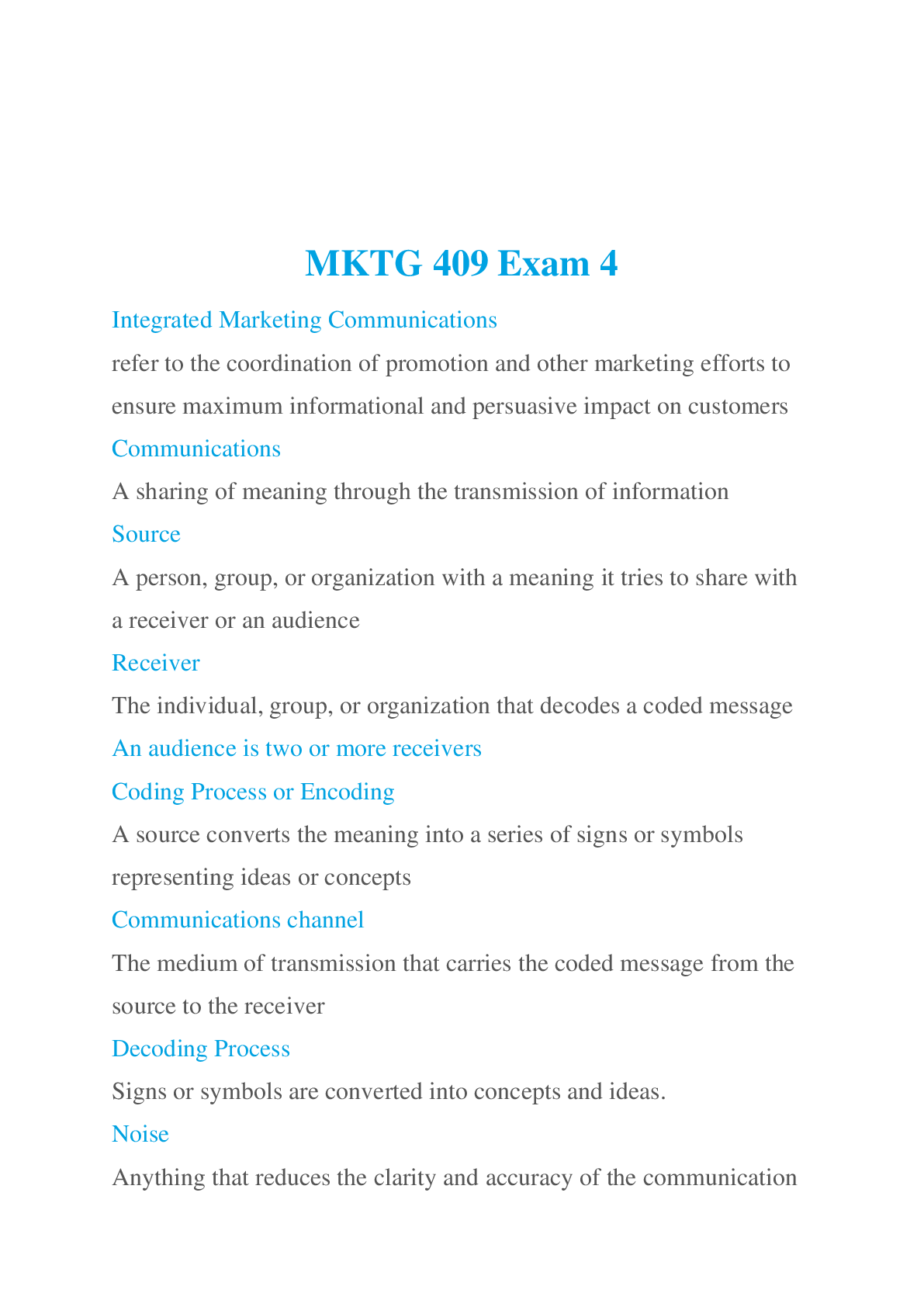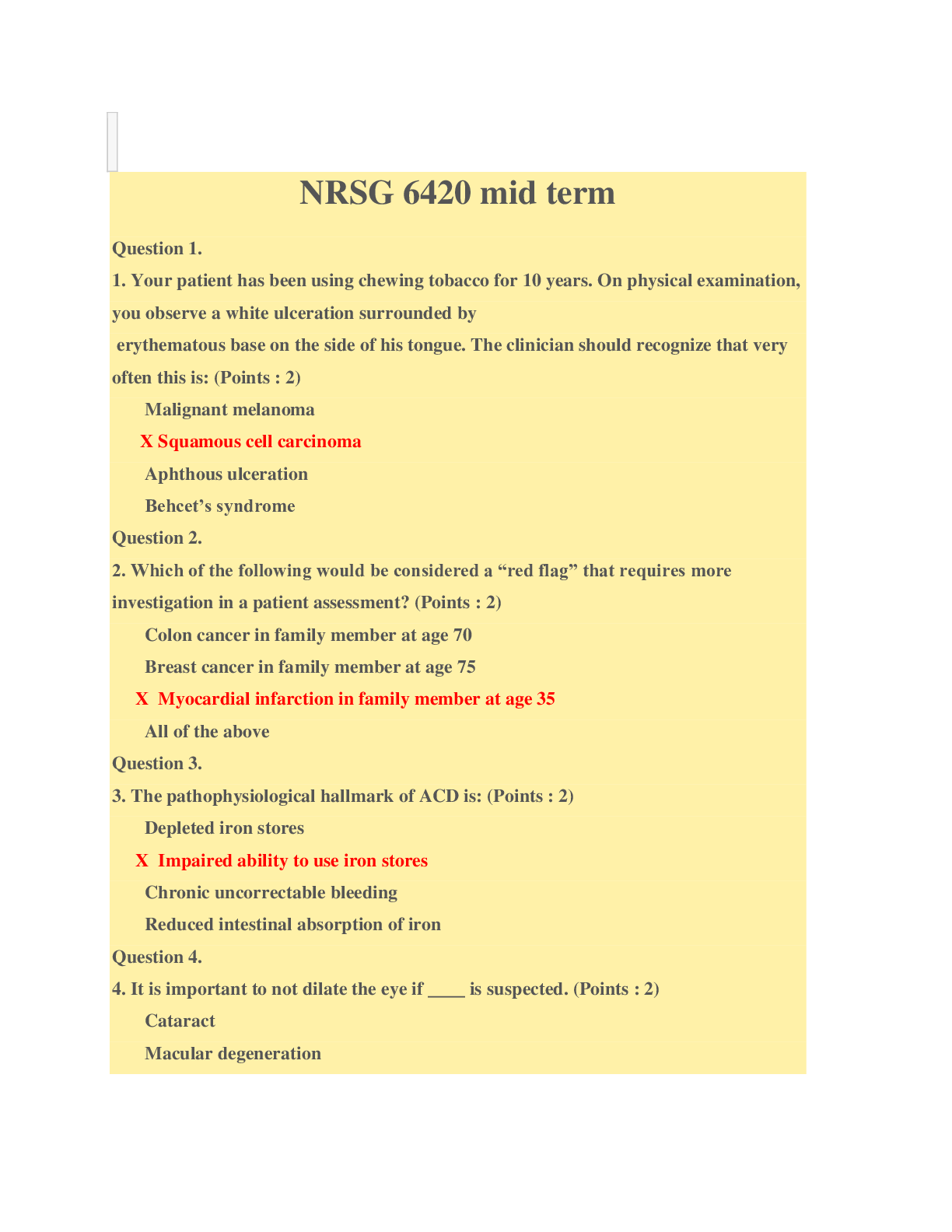PATHO TEST ONE
Document Content and Description Below
Question 1 options: a) The enzyme is transcribed from DNA by ribonucleic acid (RNA) in the nucleus, proceeds to the ribosomes for synthesis, and is transported in secretory vesicles to the cell me... mbrane. b) The enzyme is transcribed from RNA by DNA in the nucleus, proceeds to the lysosomes for synthesis, and is transported in an encapsulated membrane to the cell membrane. c) The enzyme is transcribed by the mitochondria in the nucleus, proceeds to the ribosomes for synthesis, and is transported in a cytoskeleton to the cell membrane. d. The enzyme is transcribed from DNA by RNA in the nucleus, proceeds to the Golgi complex for synthesis, and is transported in the cytosol to the cell membrane. Save Question 2 (0.5 points) Which organic compounds facilitate transportation across the cell membrane by acting as receptors, transport channels for electrolytes, and enzymes to drive active pumps? Question 2 options: a) Lipids b) Proteases c) Proteins d) Carbohydrates Save Question 3 (0.5 points) Understanding the various steps of proteolytic cascades, such as caspase-mediated apoptosis and complement cascades, may be useful in designing drug therapy for which human diseases? Question 3 options: a) Cardiac and vascular disorders b) Autoimmune and malignant disorders c) Gastrointestinal and renal disorders d) Endocrine and gastrointestinal disorders Save Question 4 (0.5 points) Which structure prevents water-soluble molecules from entering cells across the plasma membrane? Question 4 options: a) Carbohydrate chains b) Glycoprotein channels c) Membrane channel proteins d) Lipid bilayer Save Question 5 (0.5 points) Which form of cell communication is used to communicate within the cell itself and with other cells in direct physical contact? Question 5 options: a) Protein channel (gap junction) b) Plasma membrane–bound signaling molecules (involving receptors) c) Hormone secretion, such as neurotransmitters d) Extracellular chemical messengers such as ligands Save Question 6 (0.5 points) Which mode of chemical signaling uses blood to transport communication to cells some distance away? Question 6 options: a) Paracrine b) Autocrine c) Neurotransmitter d) Hormonal Save Question 7 (0.5 points) Which mode of chemical signaling uses local chemical mediators that are quickly taken up, destroyed, or immobilized? Question 7 options: a) Paracrine b) Autocrine c) Neurotransmitter d) Hormone Save Question 8 (0.5 points) How do cells receive communication from the ECF surrounding them? Question 8 options: a) Protein channel (gap junction) b) Plasma membrane–bound signaling molecules (involving receptors) c) Hormone secretion, such as neurotransmitters d) Chemical messengers such as ligands Save Question 9 (0.5 points) Under anaerobic conditions, which process provides energy for the cell? Question 9 options: a) Oxidative phosphorylation b) Glycolysis c) Lactolysis d) Passive transport Save Question 10 (0.5 points) What is the mechanism by which the energy produced from carbohydrates, proteins, and lipids is transferred to ATP? Question 10 options: a) Anaerobic glycolysis b) Oxidative cellular metabolism c) Oxidative phosphorylation d) Tricarboxylic acid phosphorylation Save Question 11 (0.5 points) Passive transport is best described by which statement? Question 11 options: a) Being driven by osmosis, hydrostatic pressure, and diffusion b) Involving receptors that can bind with substances being transported c) Being capable of transporting macromolecules d) Requiring energy generated by the cell Save Question 12 (0.5 points) Active transport occurs across which type of membranes? Question 12 options: a) Membranes that have a higher concentration of the solute on the outside of the cell b) Membranes that are semipermeable to water and small electrically uncharged molecules c) Membranes that have receptors that are capable of binding with the substances to be transported d) Membranes that have a cell membrane that is hydrophobic rather than hydrophilic [Show More]
Last updated: 2 years ago
Preview 1 out of 10 pages
.png)
Buy this document to get the full access instantly
Instant Download Access after purchase
Buy NowInstant download
We Accept:

Reviews( 0 )
$7.50
Can't find what you want? Try our AI powered Search
Document information
Connected school, study & course
About the document
Uploaded On
Mar 18, 2021
Number of pages
10
Written in
Additional information
This document has been written for:
Uploaded
Mar 18, 2021
Downloads
0
Views
116



 (2).png)


.png)



 (1).png)
